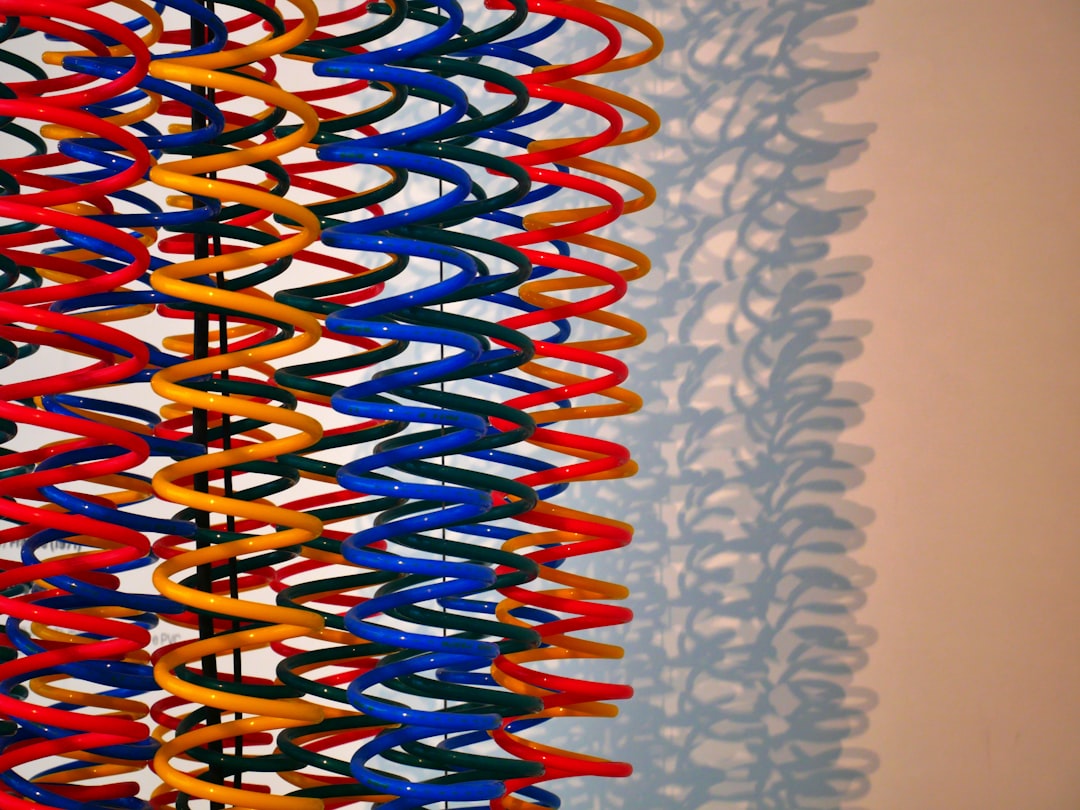What is it about?
When using a CF+ ion with an energy of 300 eV to irradiate, it was found that SiO2 film a few nm thick was initially etched away. Then, an a-C:F film was continuously deposited on the SiO2 surface. The carbon accumulates on the surface at this early stage as the ion dose increases, so that this transition is resulted by the surface modification on which the CF+ ion itself irradiates the SiO2 surface.
Featured Image
Why is it important?
Both the deposition of an a-C:F film on SiO2 surface and the etching of a SiO2 film when mass-analyzed CF+ ions irradiate the film. Previously, any contribution of ions to the surface modification under conditions that eliminated the neutrals was still unclear. This study revealed that a transitional change to the deposition and discuss the contribution of surface conditions to the transition.
Perspectives
On the basis of the experimental results in this study, surface modification affects actual etching performance especially in high-density plasmas when there is a transitional change to the deposition of a-C:F film after the etching of SiO2.
Dr Kenji Ishikawa
Nagoya University
Read the Original
This page is a summary of: Transitional change to amorphous fluorinated carbon film deposition under energetic irradiation of mass-analyzed carbon monofluoride ions on silicon dioxide surfaces, Journal of Vacuum Science & Technology A Vacuum Surfaces and Films, January 2003, American Vacuum Society,
DOI: 10.1116/1.1578653.
You can read the full text:
Resources
Contributors
The following have contributed to this page










